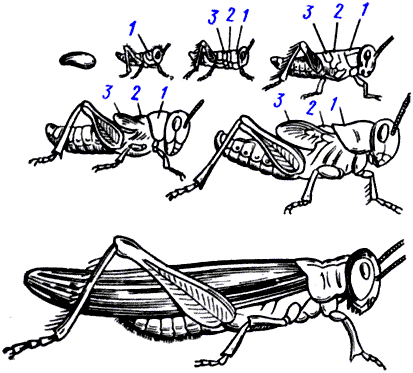ON THE TELOMERE FUNCTIONS
E.V. Kurenova, J.M. Mason Laboratory of Molecular Genetics, National Institute of Environmental Health Sciences, Research Triangle Park, North Carolina, 27709-2233 USA; fax: (919)541-7593, E-mail: masonj@niehs.nih.gov, kurenova@niehs.nih.gov Submitted August 3, 1997 Telomeres are structurally and functionally complex. They consis of an array of simple DNA repeats at the extreme end of the chromosome, with a more complex array of repeats adjacent to it. A large number of proteins have been identified that bind to the telomeric DNA repeats or to other proteins that do so. Thus one or more multimeric protein complexes are built at the chromosome end. Telomeres tend to form associations with each other. These associations have been implicated in the formation of nuclear domains that may be important for transcriptional regulation, for sister chromatid pairing at mitosis, and for homologous meiotic synapsis. Telomeric chromosome ends do not cause delays in cell cycle progression, nor are they subject to DNA repair, as are broken chromosome ends. Telomeres also provide a separate mechanism for adding additional copies of the telomeric DNA to chromosome ends. This is needed in order to counterbalance the loss of DNA sequences from chromosome ends due to incomplete DNA replication. The components that participate in the latter mechanism have been identified and this process is well characterized. The other functions of telomeres are less well understood, but are the subjects of active investigation. KEY WORDS: telomere, Drosophila, yeast, chromosomes, transcription, replication, nuclear architecture, silencing, chromosome stability, mitosis, meoisis, chromosome structure, telomerase, heterochromatin, position effect, Tetrahymena. Лаборатория молекулярной генетики Национального инстиута наук о здоровье и окружающей среде, Рисерч Триангл Парк, Северная Каролина 27709-2233, США; факс: (919)541-7593, электронная почта: masonj@niehs.nih.gov, kurenova@niehs.nih.gov
